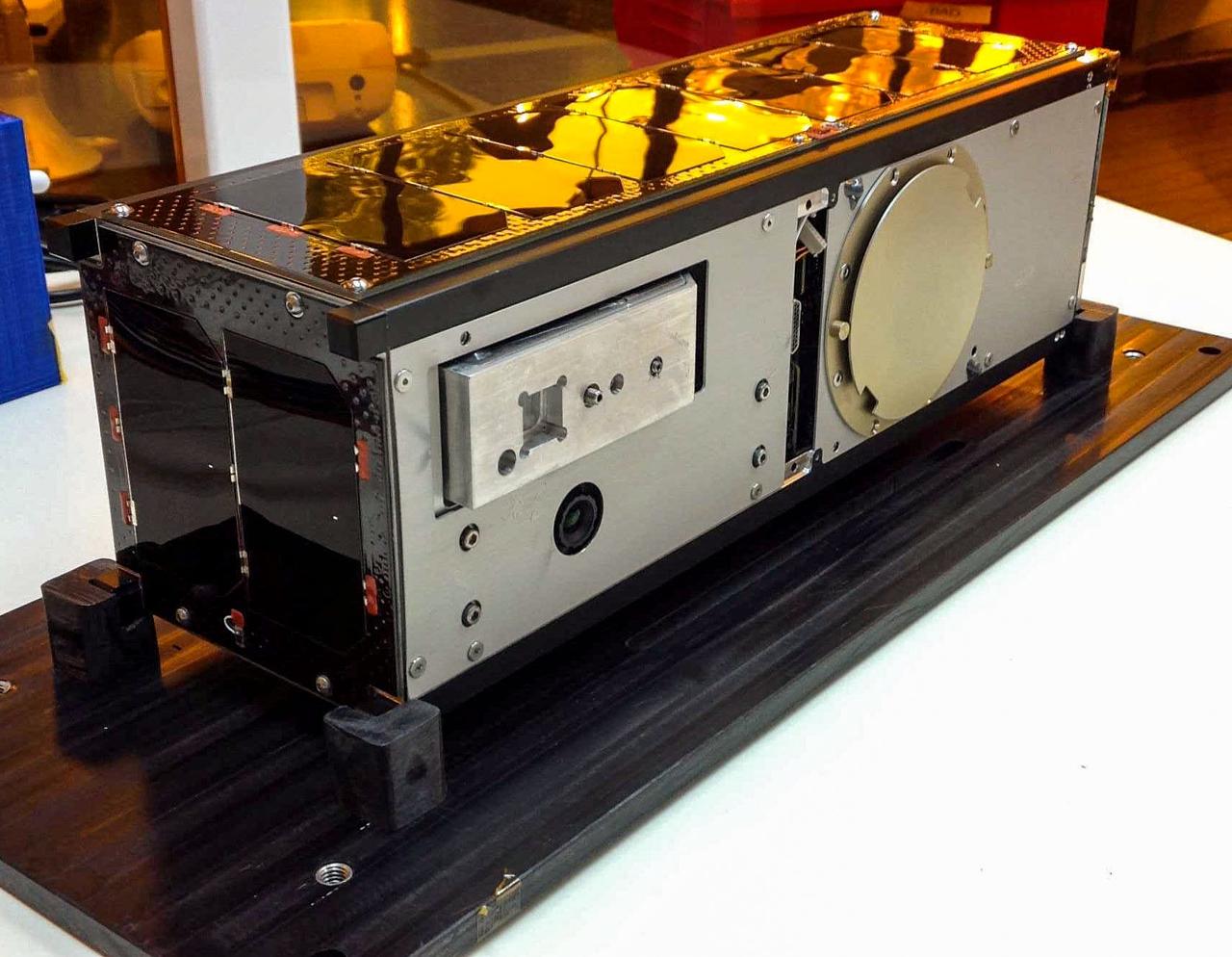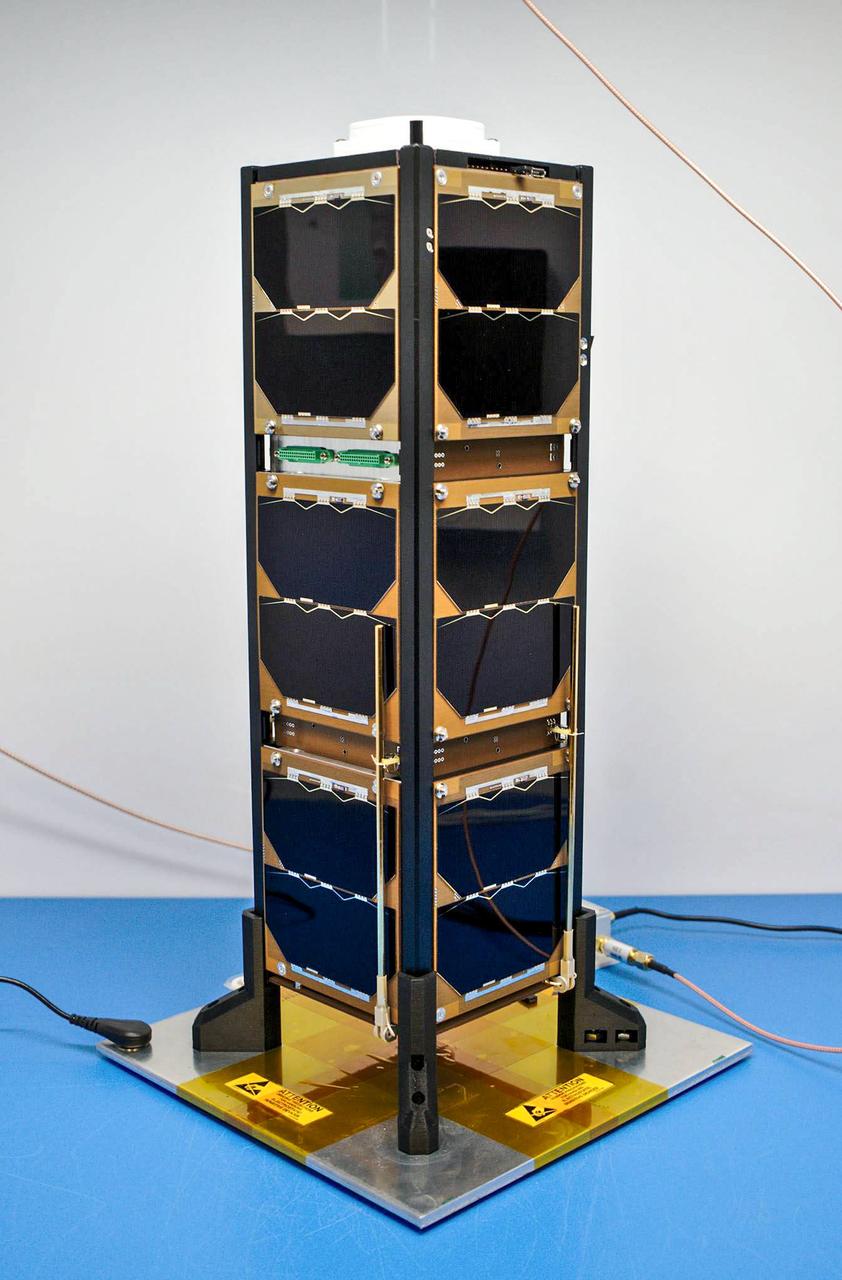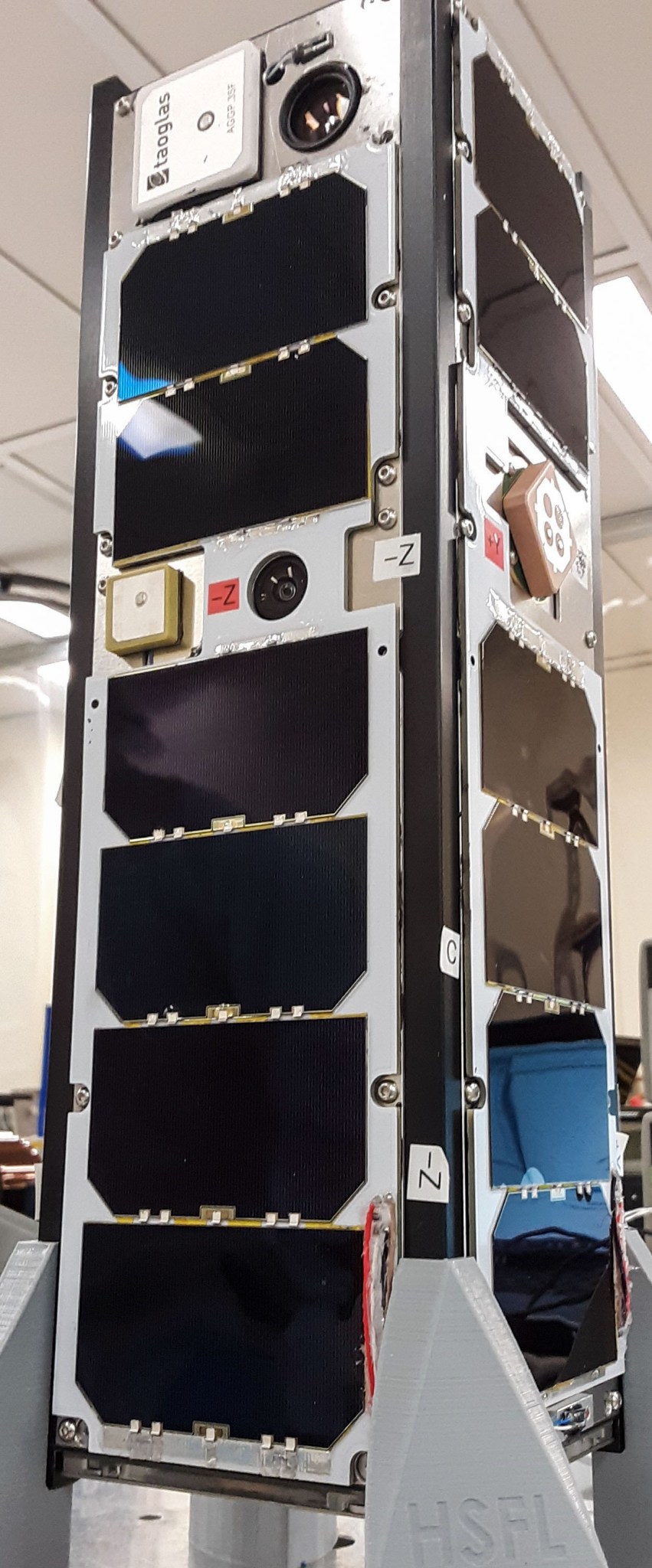By Jasmine Hopkins
NASA’s John F. Kennedy Space Center
As part of the Educational Launch of Nanosatellites (ELaNa) 31 mission, three university teams watched the highly anticipated deployment of their CubeSats from the International Space Station Thursday, Nov. 5. These small satellites hitched a ride aboard Northrop Grumman’s 14th (NG-14) Cygnus space freighter dubbed the S.S. Kalpan Chawla, honoring the first female astronaut of Indian descent who perished on the STS-107 mission aboard Space Shuttle Columbia. The NASA-contracted resupply mission launched from NASA’s Wallops Flight Facility on Oct. 2, 2020 for its rendezvous with the space station. Now in low-Earth orbit, the CubeSats are on individual journeys to study coastal ecosystems, collect neutrons in space, and assist other satellites in their missions.
NASA’s CubeSat Launch Initiative (CSLI) selected the three ELaNa 31 mission CubeSats, which were each developed at a university in the United States. CSLI provides CubeSat developers at academic institutions, NASA centers, and non-profit organizations access to a low-cost pathway to conduct research in the areas of science, exploration, technology development, education or operations in space.
The three ELaNa 31 mission CubeSats deployed were:
- Bobcat-1- Ohio University, Athens
- NEUTRON-1 – University of Hawaii-Mānoa, Honolulu,
- Spectral Ocean Color Satellite (SPOC) – University of Georgia, Athens
Each CubeSat in the ELaNa 31 mission supports a unique project. Bobcat-1 will help other satellites and spacecraft find their positions in space by studying Global Navigation Satellite Systems to improve their availability and performance. NEUTRON-1 is designed to map neutrons in low-Earth orbit and measure radiation from the Sun to improve our understanding of the Sun and Earth’s relationship, and it also will lay the groundwork for a future CubeSat mission to the Moon. SPOC will capture data on Georgia’s coastal ecosystems to analyze vegetation, water, and other aspects of ecological health by gathering moderate resolution imagery across a wide range of spectral bands and collecting information on the chemical composition and physical characteristics of oceans and wetlands.
“The launch was exciting, but the deployment is the real crucial moment for the Ohio University CubeSat team,” said Sabrina Ugazio, an assistant professor in the university’s School of Electrical Engineering and Computer Science. “We can’t wait to hear Bobcat-1’s ‘first words’ from space; that will be the time when we will be able to declare the success of our first space-mission, and we are so thrilled about it.”
The CubeSats were deployed from the space station using the Japanese Experiment Module (JEM) Robotic Manipulator System (JEMRMS). Aboard the space station, astronauts stacked the CubeSats into a configuration that was mounted on the JEM airlock slide table and moved outside the station. The JEMRMS robotic arm then moved the satellites in the deployer into position aiming for the satellites’ orbit, 250 miles above Earth, which is slightly lower than the space station. Once NASA and the Japan Aerospace Exploration Agency (JAXA) provided approval to proceed, the CubeSats individually deployed to begin their respective missions.
CSLI provides launch opportunities for small satellites to ride as auxiliary payloads with planned spaceflight missions led by NASA, other U.S. government agencies, or commercial organizations. ELaNa missions are facilitated by the agency’s Launch Services Program, based at Kennedy Space Center in Florida.






























